Submitted to the The Institute of Northern Ontario Research and Development (INORD)Working Paper Series, June 30, 2000
Jennifer Keck, Ph.D. Associate Professor – School of Social Work
Mary Powell, Ph.D. Associate Professor – Department of Political Science
Laurentian University, Sudbury, Ontario
The Women: ‘It was good money and I thought I could do the job’
It was just sort of a competition one day. Why don’t you go and apply and so I did. I just went at the beginning of the day and stood in line with all the men and all that. They would either say that we are hiring or we are not. … you would get some strange looks too. Here you are standing in this line with all these men… but actually there was quite a few women in the line.
While their hiring was of historical significance few of the women who applied in 1974 were interested in being the first women to break new ground for women in mining. Like the men, they were motivated first and foremost by the prospect of a ‘good job’ at Inco and its promise of better pay, benefits, and job security.
The women heard about the jobs from family, friends and the media. News that Inco was willing to hire women was widespread: ‘I don’t know anyone in that small community who hadn’t heard that Inco was hiring.’ While some women thought they would be the only ones interested in such work, they were surprised to find that there were hundreds of applicants.
Everyone seemed to be talking about the fact that Inco was going to open their doors and I thought here I am almost 5’8″ a 160 pounds strong and I’ll just go and apply… the woman behind the counter said I suppose you think you are one of the first… then she preceded to show me file cabinets full of applications… hundreds and hundreds… I would have imagined thousands of applications were in.

























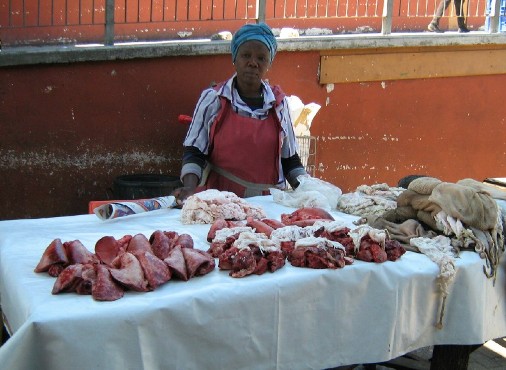
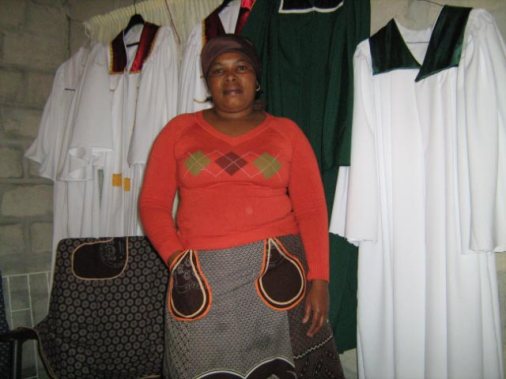
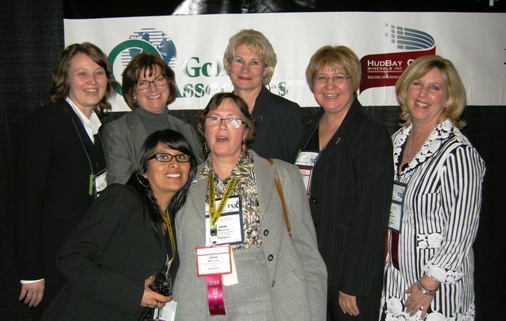
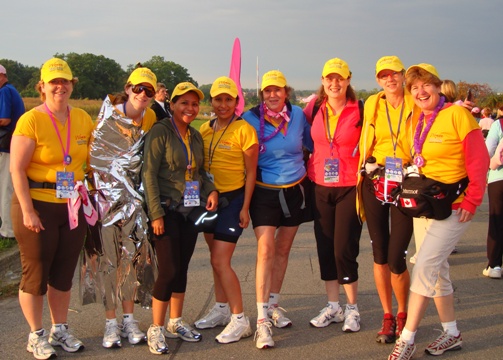

 The annual Prospectors and Developers Association of Canada (PDAC) convention is the premier event in the global exploration and mining sector. The Toronto convention, which is always held in the first week of March, is expected to set another attendance record this year with about 20,000 visitors.
The annual Prospectors and Developers Association of Canada (PDAC) convention is the premier event in the global exploration and mining sector. The Toronto convention, which is always held in the first week of March, is expected to set another attendance record this year with about 20,000 visitors.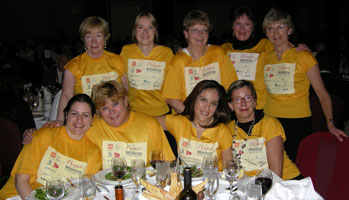 Among the many attendees to the 20th Hall of Fame dinner, one table had much to be proud of. The Women in Mining team who participated in last fall’s Weekend to End Breast Cancer in Toronto were also celebrating their status as the top fundraising team achieving a record total of $200, 707 for this worthy cause.
Among the many attendees to the 20th Hall of Fame dinner, one table had much to be proud of. The Women in Mining team who participated in last fall’s Weekend to End Breast Cancer in Toronto were also celebrating their status as the top fundraising team achieving a record total of $200, 707 for this worthy cause.